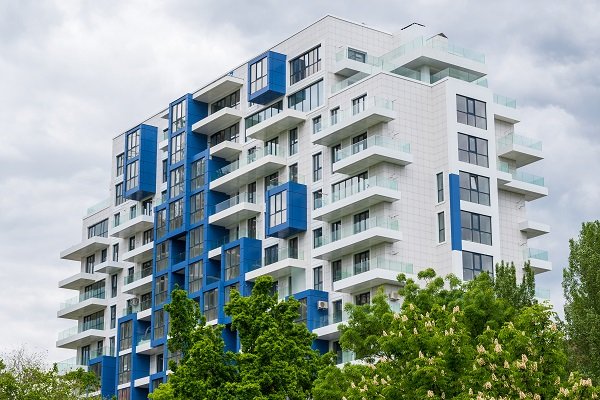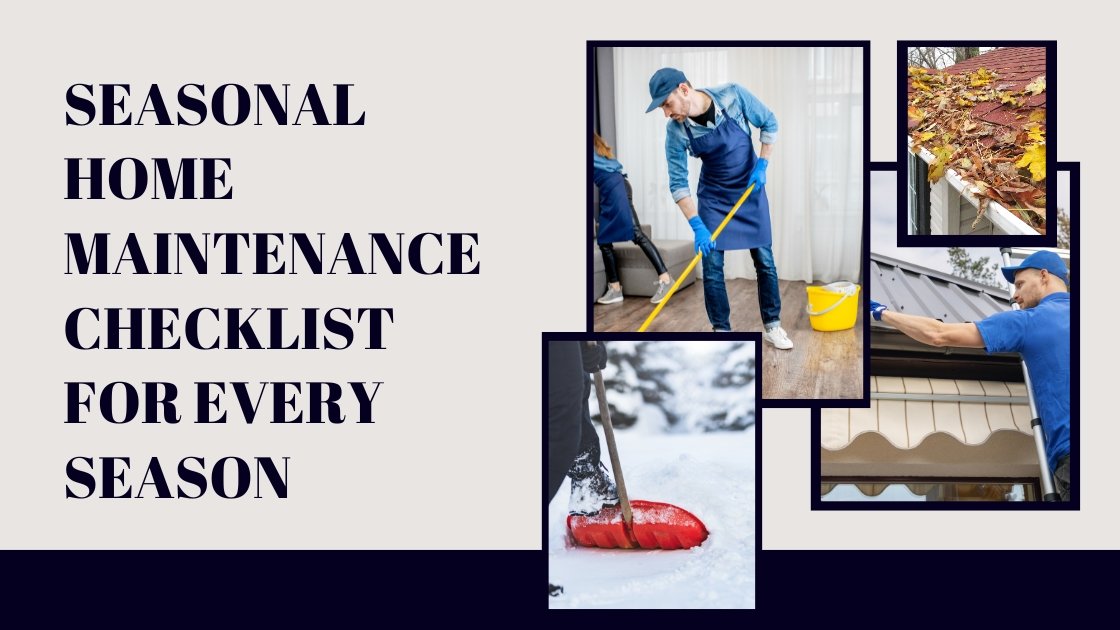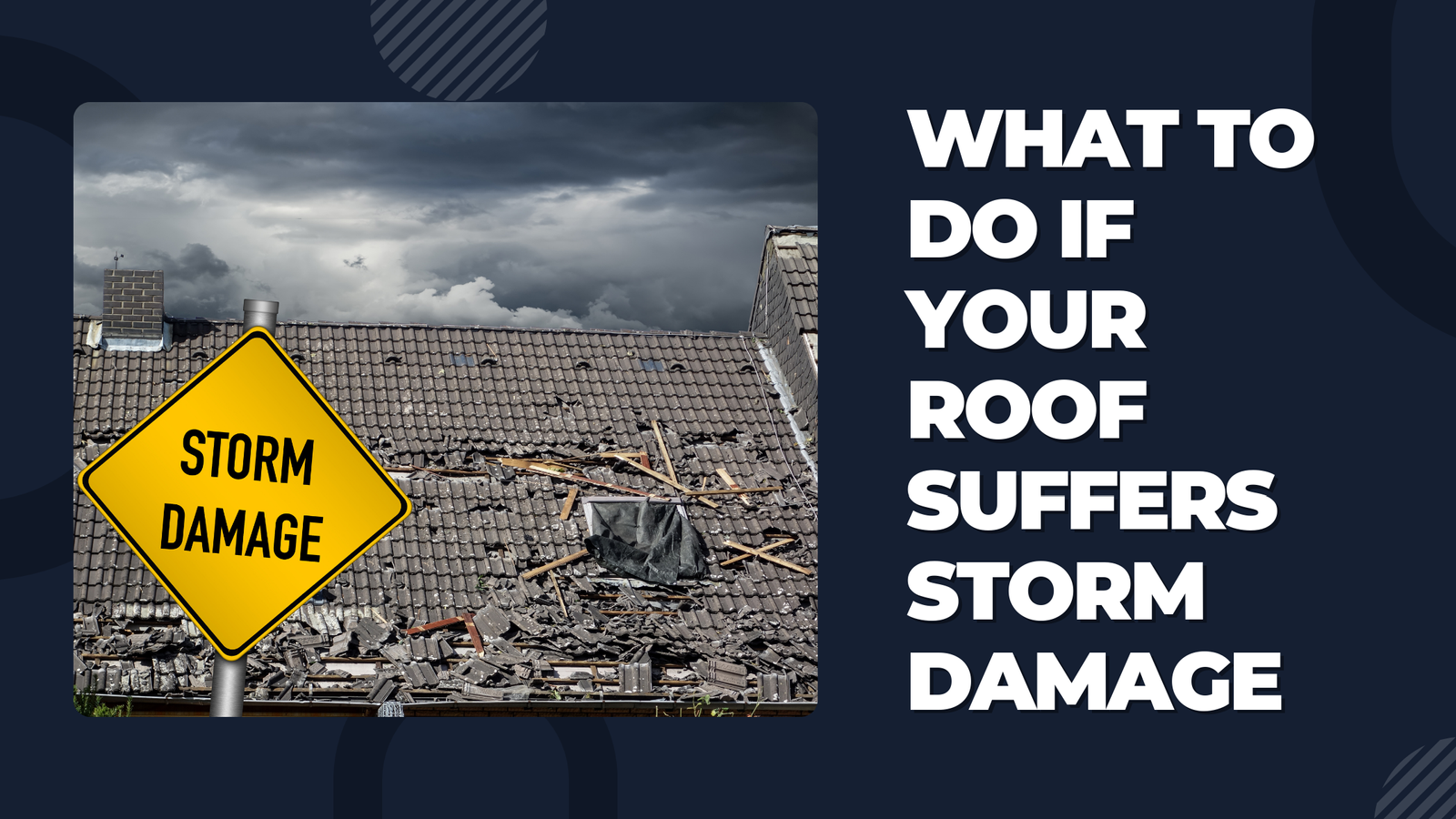Building envelope design plays a pivotal role in the construction industry, encompassing the outer shell of a building that separates the interior environment from the exterior elements. It serves as the first line of defense against various external factors such as weather, heat transfer, and moisture infiltration. A well-designed building envelope not only ensures the structural integrity of a building but also contributes to energy efficiency, occupant comfort, and long-term durability.
In this article, we will delve into the topic of common challenges faced in building envelope system. We will explore the issues related to thermal bridging, air leakage, water infiltration, material selection, durability, and compliance with building codes and standards.
By understanding these challenges, we can gain insight into the complexities of building envelope systems and the potential consequences if not adequately addressed. We will also explore each of these challenges in detail and discuss how building envelope consultants can contribute to mitigating these issues.
Common Challenges Faced In Building Envelope system Are As Follows,
1. Thermal Bridging:
Thermal bridging refers to the transfer of heat through a more conductive material, bypassing the insulation layer in the building envelope. It occurs when there is a break or interruption in the insulation, allowing heat to flow more easily between the interior and exterior of a building.
Common areas in building envelopes where thermal bridging occurs include structural elements such as steel or concrete beams, columns, and floor slabs. These materials have higher thermal conductivity than the insulation materials used in the walls or roofs.
Building Envelope Consultants Role:
To minimize thermal bridging, building envelope consultants may recommend various strategies. One approach is to improve the insulation continuity by adding additional insulation or installing thermal breaks in structural elements. Thermal breaks, such as insulated plates or strips, create a barrier between the conductive material and the insulated assembly, reducing heat flow.
Consultants may recommend optimizing the building’s design and construction practices. This includes carefully considering the location and configuration of thermal bridges during the design phase and implementing construction techniques that minimize their impact. By integrating thermal analysis software and energy modeling tools, consultants can simulate the performance of the building envelope and assess the effectiveness of different design strategies in reducing thermal bridging.
2. Air Leakage:
Air leakage in building envelopes is a significant concern as it can lead to energy inefficiency, decreased indoor air quality, and compromised thermal comfort. Uncontrolled air leakage allows the exchange of conditioned air with outdoor air, resulting in increased heating and cooling loads.
Common sources of air leakage in building envelopes include gaps and cracks in walls, roofs, windows, doors, and penetrations for utilities such as plumbing and electrical systems. These openings can occur due to poor construction practices, inadequate sealing, or aging of the building components.
Building Envelope Consultants Role:
Building envelope consultants employ blower door tests to assess air leakage in buildings. A blower door test involves temporarily sealing a door frame with a fan-mounted panel and depressurizing or pressurizing the building. The fan creates a pressure difference, which allows consultants to measure the airflow rates and identify areas of air leakage.
Through their expertise in building envelope systems and knowledge of best practices, building envelope consultants contribute to the systems and implementation of effective air sealing measures. Their recommendations help create a well-sealed building envelope that ensures occupant comfort, energy efficiency, and a healthy indoor environment.
3. Water Infiltration:
Water infiltration in building envelopes poses significant risks, including structural damage, mold growth, and compromised indoor air quality. When water penetrates the building envelope, it can lead to deterioration of materials, rotting of wood, corrosion of metal components, and weakening of the overall structure.
Several areas of the building envelope are prone to water infiltration. Roofs are particularly vulnerable to water penetration due to aging, improper installation, or damaged roofing materials. Windows and doors can also be entry points for water if they are not adequately sealed or if their flashing systems are compromised.
Building Envelope Consultants Role:
The building envelope consultants extend beyond identification to recommending effective moisture management strategies and waterproofing solutions. Based on their assessment, consultants can advise on appropriate repairs or improvements to address existing vulnerabilities. This may involve recommending repairs to the roofing system, such as sealing or replacing damaged or missing shingles.
By collaborating with architects, engineers, and contractors, building envelope consultants ensure that moisture management strategies and waterproofing solutions are integrated into the overall building design and construction process. Their expertise helps mitigate the risks associated with water infiltration, protecting the building’s integrity, promoting a healthy indoor environment, and safeguarding the well-being of its occupants.
4. Material Selection And Durability:
Selecting durable materials for building envelope system is of utmost importance in ensuring the long-term performance and sustainability of a structure. The building envelope is constantly exposed to various environmental factors such as temperature fluctuations, moisture, UV radiation, and mechanical stresses. Durable materials can withstand these challenges, minimizing the need for frequent repairs or premature replacements and reducing the life-cycle costs of the building.
Material selection for the building envelope presents several challenges, including compatibility with other building components, long-term performance, and resistance to specific environmental conditions. It is crucial to choose materials that are compatible with each other to ensure a cohesive and functional envelope system.
Building Envelope Consultants Role:
Building envelope consultants possess expertise in assessing material options and providing informed recommendations. They consider various factors such as the specific requirements of the building, the climate conditions, the architectural design, and the desired energy efficiency goals.
Consultants monitor the construction process to ensure that materials are installed correctly and in accordance with industry best practices. By collaborating with architects, engineers, and contractors, consultants contribute to the implementation of quality control measures that enhance the durability and performance of the building envelope.
5. Compliance With Building Codes And Standards:
Complying with building codes and standards is crucial in building envelope system to ensure the safety, functionality, and quality of the constructed building. Building codes are regulations that set minimum requirements for construction practices, materials, and systems to safeguard public health, safety, and welfare.
They address various aspects of building envelope system, including energy efficiency, fire safety, structural integrity, accessibility, and environmental sustainability. Adhering to these codes and standards helps mitigate risks, ensures occupant safety, and promotes uniformity in the construction industry.
Building Envelope Consultants Role:
Building envelope consultants play a vital role in helping navigate the complex regulations and ensuring compliance with building codes and standards. They possess comprehensive knowledge of the relevant codes and standards and stay up-to-date with the latest revisions and amendments. Building envelope consultants have expertise in interpreting and applying these regulations to specific projects, considering factors such as building type, occupancy, and regional variations.
By working closely with design and construction teams, building envelope consultants ensure that the building envelope system aligns with the codes and standards from the early stages of the project. Their expertise and knowledge of code requirements contribute to the creation of compliant, safe, and sustainable building envelopes that meet or exceed regulatory expectations.
Conclusion:
Building envelope system presents several challenges that can impact the performance, energy efficiency, and durability of a structure. These challenges include thermal bridging, air leakage, water infiltration, material selection, durability, and compliance with building codes and standards. Each of these challenges requires careful consideration and expertise to overcome.
Building envelope consultants play a crucial role in addressing the challenges of building envelope system. They possess specialized knowledge and experience in assessing, designing, and improving building envelope systems. Through their expertise, consultants can identify vulnerabilities, recommend effective solutions, and ensure compliance with regulations. They provide valuable insights and guidance to architects, engineers, and contractors throughout the design and construction process.
Building envelope system poses significant challenges, but with the assistance of building envelope consultants, these challenges can be effectively addressed. The expertise and guidance provided by consultants ensure the creation of robust, compliant, and high-performing building envelopes. If you are located nearby San Antonio TX do contact Building Envelope Consultant in San Antonio TX for all your building envelope consultant needs. By recognizing the importance of involving building envelope consultants, professionals in the construction industry can achieve optimal building envelope performance and contribute to the creation of sustainable and resilient buildings.



